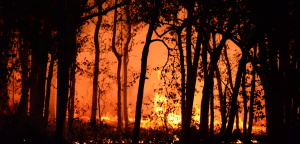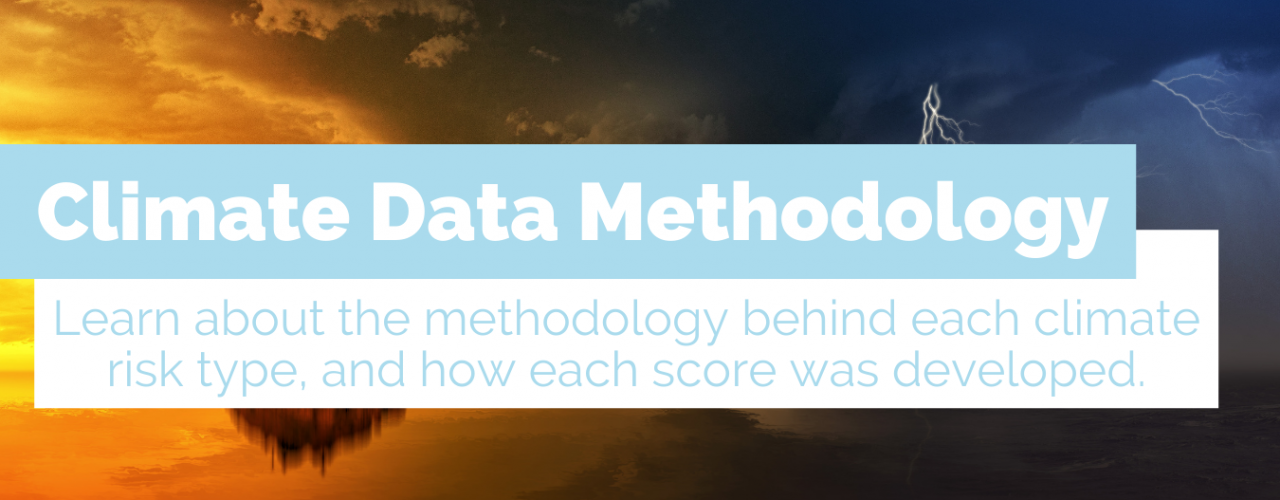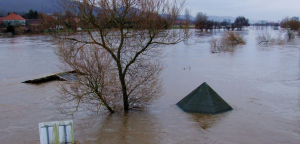
When buying a new place or selling your current home, it’s important to understand how climate change and environmental risks could impact your home or neighborhood. Using information from First Street Foundation and ClimateCheck, to provide comprehensive climate risk information for every zip code, neighborhood, city, and county in the contiguous U.S.
Learn below how these organizations developed their risk information, and how you can interpret the information to inform your own home buying or selling experience.
Ready to find your dream home?
It’s that easy. Let us put our experience to work for you.
Flood Risk Methodology:
About First Street Foundation: Our flood risk information comes from First Street Foundation, a non-profit organization that created Flood Factor®, a 1-10 scoring, from minimal to extreme, that tells you a property’s potential risk of flooding at least once over the life of a 30 year mortgage.
Flood Factor® Score Ranges:
- 1 ( minimal risk)
- 2 (minor risk)
- 3 -4 (moderate risk)
- 5 -6 ( major risk)
- 7-8 (severe risk)
- 9 – 10 ( extreme risk)
Redfin and First Street Foundation have partnered to show the Flood Factor® for every property on Redfin.com as well as the current and future flood risk for every neighborhood, city, and county, so homebuyers and homeowners have all the flooding information they need.
Flood Risk Details:
How Flood Factor® is calculated
Flood Factor® is a free online tool created by the nonprofit First Street Foundation that makes it easy to learn about a property’s current and future risk of flooding. The peer-reviewed model used by Flood Factor was created thanks to an unprecedented partnership of more than 80 world-renowned scientists, technologists and analysts. The model allows Flood Factor® to incorporate risk from all major types of flooding, including: high intensity rainfall, overflowing rivers and streams, high tides, and coastal storm surge.
Flood Factor® also takes into account how flood risks will change over time with sea level rise and atmospheric changes over the next 30 years, which means even a property that hasn’t flooded in the recent past could still face flood risk in the future.
What the score means
A property’s Flood Factor® is an indicator of its comprehensive flood risk over the next 30 years. Properties with higher Flood Factors are more likely to have flooded in the past, and are more likely to flood in the future. Learn more about the Flood Factor® methodology.
How they calculate flood risk for locations
First Street also projects the likelihood of flooding for larger geographic areas, such as neighborhoods, cities, and counties. For each area, First Street calculates how many properties are at risk this year and how that will change in 30 years due to a changing environment.
Drought, Fire, Storm, and Heat Risk Methodology:
About ClimateCheck: Redfin gets storm, fire, drought, and heat risk information from ClimateCheck, an organization that develops scores based on a region’s current and projected risk. ClimateCheck gives each area a ClimateCheck score, ranging from 0 – 100:
- 0-16: Very Low Risk
- 17-33: Low Risk
- 34-50: Moderate Risk
- 51-67: High Risk
- 68-84: Very High Risk
- 85-100: Extreme Risk
Click here to learn more about ClimateCheck, their data, and get a full report on your home’s climate risk.
Storm Risk:
ClimateCheck estimates storm risk based on the future chance of increased extreme precipitation such as rain, snow, sleet, and hail. The rating relies on historical and projected models of the frequency and amount of precipitation in the U.S, based on 10-year averages from 27 global climate models from the Coupled Model Intercomparison Project (CMIP5). . These models are downscaled to a grid of approximately 1 mile2. Historical records determine what is considered an extreme precipitation event. A Storm Risk near zero means extreme precipitation risk will remain low, while a high risk indicates a high likelihood of extreme precipitation events in the future. More details here.
Heat Risk:
ClimateCheck determines a location’s heat risk by measuring the future risk of extremely hot days. An extreme heat score represents a high likelihood of more extremely hot days in the future.
They use historical records to determine what is considered an extremely hot day in each area, and they calculate future risk using temperature projections based on the 10-year averages of 27 global climate models from the Coupled Model Intercomparison Project (CMIP5). These models are downscaled to a grid of approximately 1 mile2. More details here.
Drought Risk:
Drought risk measures the likelihood that an area will experience increased water stress in the future due to climate change. ClimateCheck measures water stress by calculating the average ratio of water demand to water supply within a watershed region.
To calculate drought risk, ClimateCheck adjusts the water stress ratio by the projected change in water demand and supply through 2050. Regions with a higher increase in this ratio will have a relatively higher drought risk, which means people could have less access to fresh water. More details here.
Fire Risk:
Fire risk is based on the projected annual likelihood and severity of a fire.ClimateCheck develops this risk rating at a 30-meter resolution using three factors:
- Proportion of area burned: ClimateCheck uses the MC2 dynamic global vegetation model to assess the risk of burning based on the current and projected types of plants in an area.
- Intensity: Intensity is the likelihood that a fire’s flame would exceed four feet if it were to occur. ClimateCheck uses US Forest Service data to track intensity of historical fires.
- Severity: Fire severity represents the risk posed if a house were present when a fire occurred. ClimateCheck uses US Forest Service data to track the severity of historical fires.
An extreme fire risk score means that location is at higher risk of burning in the next 30 years. More details here.




